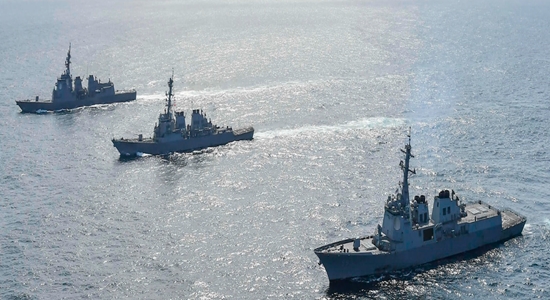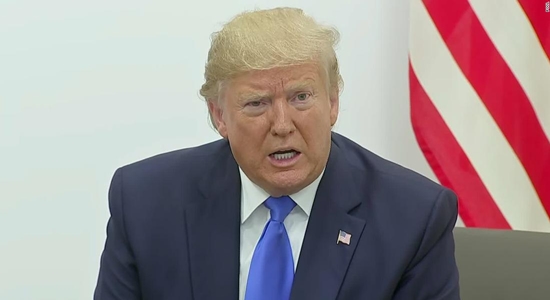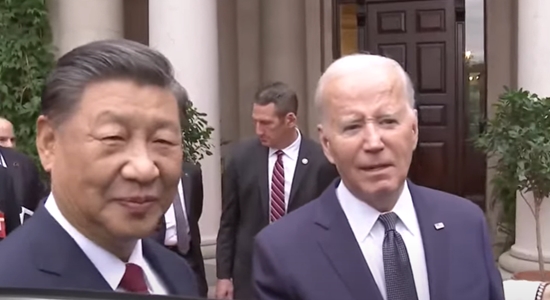
It might. ANI, a South Asian news agency, says that it heard the news from local media who heard it from diplomatic sources: “China has told Japan it intends to remove a buoy it installed inside Japan’s exclusive economic zone near the Senkaku Islands in the East China Sea….” (November 24, 2024)
The Japanese government has repeatedly called for the removal since the buoy’s presence was confirmed in July near the uninhabited, Tokyo-controlled, Beijing-claimed islets, Kyodo news reported.
According to the sources…China told Japan through diplomatic channels in the summer that it would remove the buoy, with Japan welcoming the move and closely monitoring the situation to make sure Beijing follows through….
The Japanese news agency reported that Chinese Foreign Ministry has said the buoy was installed to monitor ocean currents and weather. Some observers said the data including water temperature has been collected and used by the Chinese military.
Let’s believe that China is willing to remove the buoy when we see that China has removed the buoy. One thing we should not believe is that any removal—or repositioning—of the buoy would be anything but a tactical withdrawal. It would not represent even a bare beginning of a reversal of China’s harass-everybody policy in the East China Sea and especially the South China Sea in pursuit of its infinite claims over the region.
As James Fanell and Bradley Thayer write, China’s “aggression in the Indo-Pacific” has certainly not slackened in recent months and weeks (“Communist China Has Not Been Idle While the U.S. Has Focused on the Election,” American Greatness, November 17, 2024).
The PRC’s hyper-aggression has been predominantly directed against our treaty ally, the Republic of the Philippines. Our mutual defense treaty with the Philippines is important from an America First perspective because of the strategic location it provides to our forward-deployed military forces in the Far East. Thus, Beijing’s ongoing aggression against Manila, which has been occurring for years, is not just a threat to the Philippines, but also to America’s national security.
The loss of access to bases in the Philippines puts the safety of our commerce, naval, and other military forces in the South China Sea at greater risk. With one-third, or approximately $5 trillion, worth of goods transiting the South China Sea each year, this is a strategic channel for the U.S. and allies like Japan. Given the actions by the PRC in the last few weeks, Beijing understands this well. The PRC has intensified its campaign of coercion, which is directed at compelling the Philippines to acknowledge and accept the PRC’s illegitimate claims in the South China Sea.
The authors also observe that China’s Xi Jinping has extracted an agreement from Indonesia’s new President Prabowo Subianto on fishing and oil exploration near the Natuna Islands, an agreement that “risks implicitly validating the PRC’s illegitimate claims in the South China Sea” and also undermines other countries, including the Philippines and Vietnam, with which Indonesia should be partners in warding off China.
Appeasing China by way of such agreements can only result in loss of territory. Apparently, Indonesia is hoping that “the PRC crocodile will eat Indonesia last among the nations of the South China Sea.”
Fanell and Thayer advise Trump to urge the countries of the region to hang together lest they hang separately.





